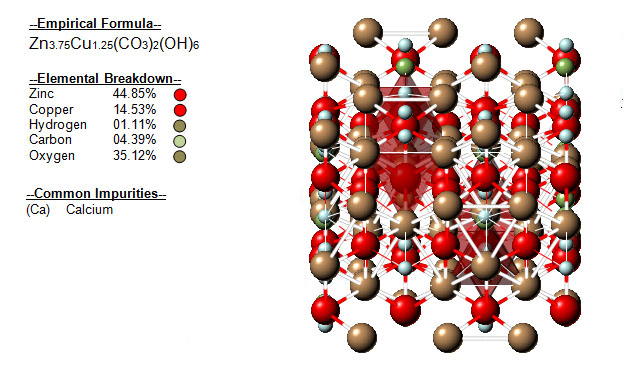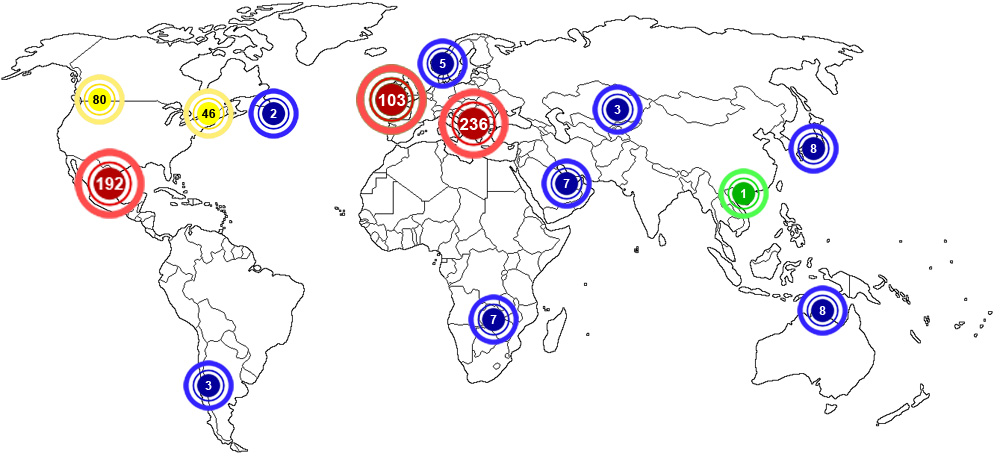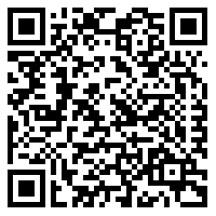

| Mineral Name | Aurichalcite |
| First Discovered | 1839 |
| Nickel-Strunz Classification | 05.BA.15 |
| Dana Classification | 16a.04.02.01 |
| ICSD | 75323 |
| Mineral Group | Carbonates |

| Cleavage | Perfect |
| Colour(s) | Pale green, Sky blue, Greenish blue |
| Specific Gravity | 3.77 |
| Diaphaneity | Transparent |
| Fracture | Uneven - Flat surfaces (not cleavage) fractured in an uneven pattern |
| Mohs Hardness | 2.0 |
| Luminescence | Non-fluorescent |
| Lustre | Pearly |
| Streak | Light blue |
| Habit(s) | Acicular to Druse to Encrustations |
| Radioactivity | Non-radioactive |
| Magnetism | Non-magnetic |

No known health risks have been associated with aurichalcite. However ingestion of aurichalcite, as with other naturally occurring minerals, is not recommended.

The following image shows the Elemental breakdown of the mineral aurichalcite along with the mineral crystal structure.


| Crystal System | Monoclinic | |
| Class | Prismatic | |
| Axial Ratios | a : b : c = 2.1529 : 1 : 0.8241 | |
| Morphology | A fine grid-like appearance corresponding to cleavage planes or twinning directions. | |
| Optical Data Type | Biaxial (-) | |
| Pleochroism (x) | Colourless | |
| Pleochroism (y) | Bluish green | |
| Pleochroism (z) | Bluish green | |
| RL Values | nα = 1.655 nβ = 1.740 nγ = 1.744 |  |
| 2V | Measured: 1° to 4°, Calculated: 22° | |
| Max Birefringence | δ = 0.089 (See colour chart at right) | |
| Surface Relief | High | |
| Dispersion | Relatively strong r < v |

Aurichalcite can be referenced in certain current and historical texts under the following six names:
| Arabic | Bulgarian | Chinese (Sim) | |||
| Croatian | Czech | Danish | |||
| Dutch | Aurichalciet | Esperanto | Estonian | ||
| Finnish | French | Calamine verdâtre | German | Aurichalcit | |
| Greek | Hebrew | Hungarian | |||
| Italian | Auricalcite | Japanese | 水亜鉛銅鉱 | Korean | |
| Latin | Lithuanian | Norwegian | |||
| Persian | Polish | Portuguese | |||
| Romanian | Russian | урихальцит | Slovak | Aurichalcit | |
| Spanish | Auricalcita | Swedish | Aurikalcit | Tagalog | |
| Turkish | Ukrainian | урихальцит | Vietnamese |

Aurichalcite can be found in a few places around the world. The map below shows major documented concentrations of aurichalcite:



 |
The MIROFOSS database offers free printable geological identification tags for personal and non-profit use. These tags can be used to properly identify mineral samples in your collection. -Click here- to download a full size jpeg image for an aurichalcite identification tag; which can be printed on paper or used with a plastic laser printer. |
 |
What's this? What can I do with it? |

| Chemical Composistion | Jambor, J. L. and Pouliot, G. (1965): X-ray crystallography of aurichalcite and hydrozincite. Can. Mineral. 8, 385-389. |
| Crystallography | Harding, M.M., B.M. Kariuki, R. Cernik, and G. Cressey (1994) The structure of aurichalcite, (Cu,Zn)5(OH)6(CO3)2, determined from a microcrystal. Acta Crystallographica B - Structural Science 50: 673-676. |
| History | Anthony, J.W., Bideaux, R.A., Bladh, K.W., and Nichols, M.C. (2003) Handbook of Mineralogy, Volume V. Borates, Carbonates, Sulfates. Mineral Data Publishing, Tucson, AZ, 813pp.: 39. |
| Geograpcial Data | Mindat.org. Retrieved on 2012-08-31 |
| Physical Identification | Webmineral.com. Retrieved on 2012-08-31. |
| October 05, 2013 | The last time this page was updated |
| ©2017 MIROFOSS™ Foundation | |
 |